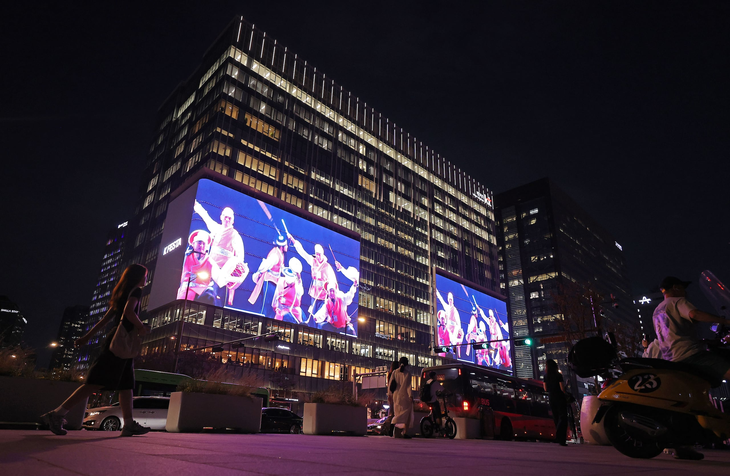
A large electronic billboard installed at the KT WEST building at Gwanghwamun Square in Seoul - Photo: YONHAP
According to the Ministry of the Interior and Safety of South Korea (MOIS), the policy of relaxing advertising regulations has opened a “new era for outdoor advertising” as regulations were previously tightened to limit light pollution and “confusion” for people.
Gangnam District around Coex was the first to be designated as a "free outdoor advertising zone" in 2016, followed by Gwanghwamun Square, Myeongdong and Haeundae Beach (Busan) in 2023.
In Gangnam, 19 giant LED screens now light up the Coex area, branded under the new “Gangnam Eyes” brand.
In Myeongdong, a 1,292m² (3 basketball court-sized) screen on the facade of Shinsegae Department Store attracted more than 1 million visitors during last Christmas season alone. New digital advertising columns will be added before the end of the year.
Meanwhile, at Gwanghwamun Square, large screens were lit up on buildings such as the Koreana Hotel, KT headquarters and Kyobo Life building.
“Local areas are showing great enthusiasm to be designated as free advertising zones,” said Park Hee Geon, director of the Information Bureau of the Ministry of the Interior. “We will evaluate the first two phases and soon launch the third phase.”
Not to be outdone by the capital, Busan's Haeundae district has erected a 766m² LED screen on the Grand Josun Busan Hotel, branding “Haeundae Square” as a meeting point between art and technology.
Busan plans to install 14 more digital billboards along Gunam-ro Road and Haeundae Beach next year.
In Daegu, Jung District is seeking approval to become a “special advertising district.” The project will see digital billboards installed on 12 buildings, increasing the total display area to 337 square meters, in order to “revitalize the Dongseong-ro shopping district.”
The capital Seoul has also revised regulations to allow electronic billboards to appear from the second floor and above - instead of only being placed on the ground floor as before.
According to Statista data, outdoor advertising revenue in South Korea dropped from $550 million (2018) to $440 million (2020) due to the pandemic, but is expected to skyrocket to $710 million in 2025.
Experts say the wave of digital billboards will help boost tourism and urban consumption, but warn that broader policies are needed to ensure small cities and local businesses are not left behind.
Source: https://tuoitre.vn/cuoc-dua-xay-dung-quang-truong-thoi-dai-o-han-quoc-20251014103946655.htm


![[Photo] Conference of the Government Party Committee Standing Committee and the National Assembly Party Committee Standing Committee on the 10th Session, 15th National Assembly](https://vphoto.vietnam.vn/thumb/1200x675/vietnam/resource/IMAGE/2025/10/15/1760543205375_dsc-7128-jpg.webp)


![[Photo] General Secretary To Lam attends the 18th Hanoi Party Congress, term 2025-2030](https://vphoto.vietnam.vn/thumb/1200x675/vietnam/resource/IMAGE/2025/10/16/1760581023342_cover-0367-jpg.webp)






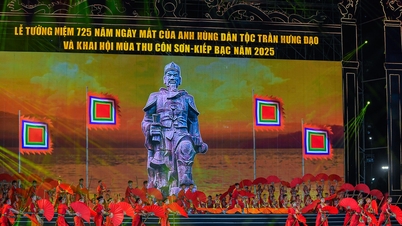









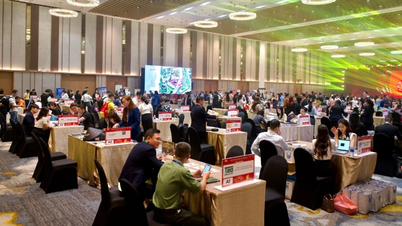













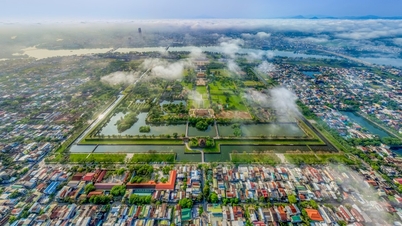





![[Video] TripAdvisor honors many famous attractions of Ninh Binh](https://vphoto.vietnam.vn/thumb/402x226/vietnam/resource/IMAGE/2025/10/16/1760574721908_vinh-danh-ninh-binh-7368-jpg.webp)









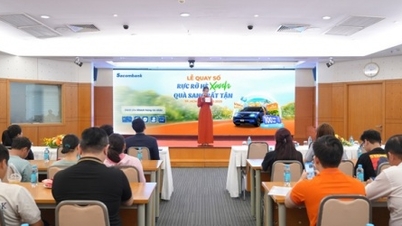





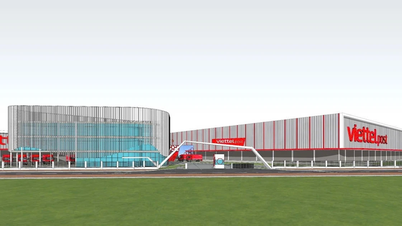









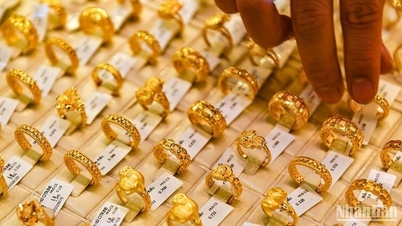






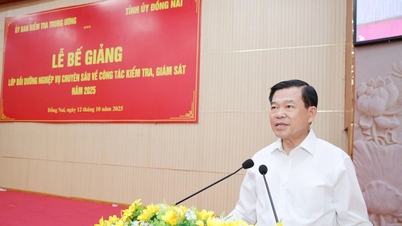


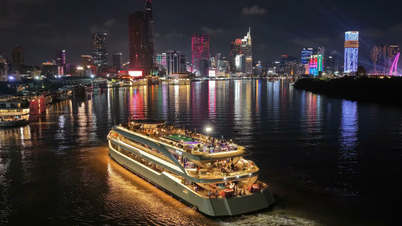
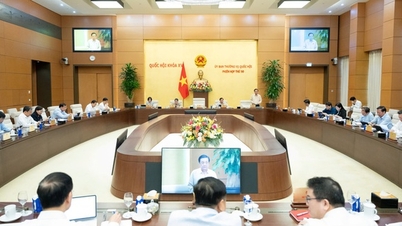


























Comment (0)